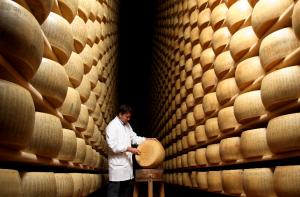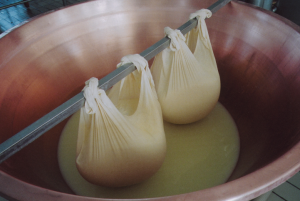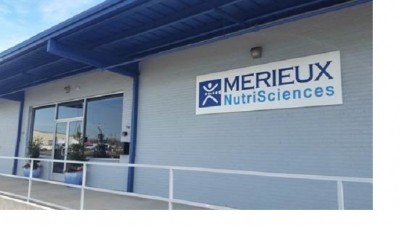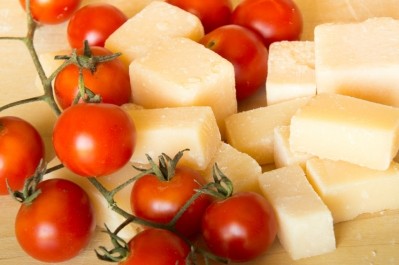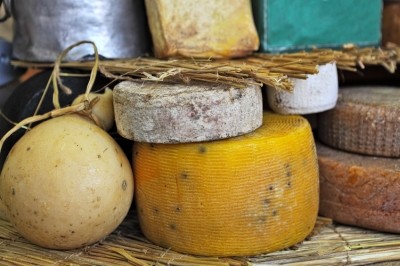Say cheese! Mérieux NutriSciences ensures Parmigiano Reggiano authenticity
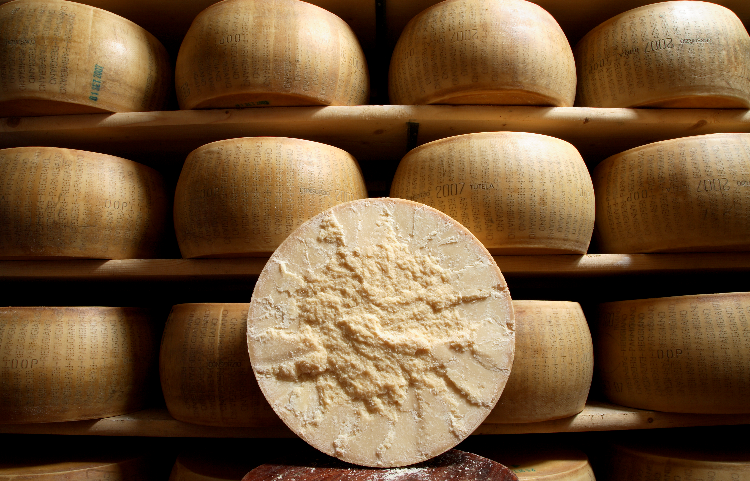
The firm was supported in developing the model by reference samples from the Parmigiano Reggiano Cheese Consortium. The work started in the middle of last year.
It combines analyses with statistics and evaluated parameters. The model takes into account the production process, the geographic origin and the type of animal feed.
HRAM and statistics
The method requires the latest generation of equipment (High resolution accurate mass – HRAM) as well as statistical software to develop a model that allows the user to distinguish between closely related cheeses.
Older generation equipment models with less mass accuracy and older algorithms would not yield the same precision, said Bert Popping, chief scientific officer at Mérieux NutriSciences.
Pöpping said the analysis is similar to what was used for the extra virgin olive oil authentication.
“We used a multi-parameter set of data which allowed us to distinguish the different cheese samples. However, the challenge we faced this time was much higher,” he told FoodQualityNews.
“It was not merely the identification of countries (e.g. Spain, Italy, Greece etc.) like for olive oil, but we needed to develop a model that allows to differentiate if the milk comes from regions in Italy with geographic proximity and it had to identify if the cattle could graze or were fed silage.
“This requires a significantly more complex model – which we successfully developed.”
Milk products are the fourth-most frequently adulterated products in Europe and premium cheeses are top of the list, according to a European Commission report from 2013.
In Italy, a large number of cheeses carry a Protected Designated Origin (PDO) label, the most prominent being Parmigiano Reggiano, from northern Italy.
However, several products may be sold claiming to be Parmigiano Reggiano but actually being parmesan cheeses of lesser quality.
Molecules representing uniqueness
Pöpping said since Parmigiano Reggiano is a PDO product all components need to come from a specific region and the cheese also has to be manufactured there.
“This limits the amount that region can produce. But the technology to produce Parmigiano Reggiano is well known and can theoretically be done elsewhere. Those products might be marketed as authentic but are not. This is similar to the production of champagne for instance.”
Parmigiano Reggiano is made in a particular region of northern Italy, said Pöpping.
“It is matured for a certain period of time (longer than many closely related products) and also, the cattle graze on grass, and are not fed silage. All of that makes the production of Parmigiano Reggiano more expensive and unique.
“The HRAM system in conjunction with the algorithms, identified the molecules representing this uniqueness.”
The method can – with the right reference materials, and some adjustment of the algorithms – be adapted to other premium products at risk from adulteration.
It can be used by any laboratory with access to the equipment and the algorithms.
“Parmigiano Reggiano is a cheese of highest quality, and fraudulent products have been found on the market. It is important that our customers have trust that they buy the best product: our PDO Parmigiano Reggiano,” said Dr Marco Nocetti, head of R&D department of the Parmigiano Reggiano Cheese Consortium.
